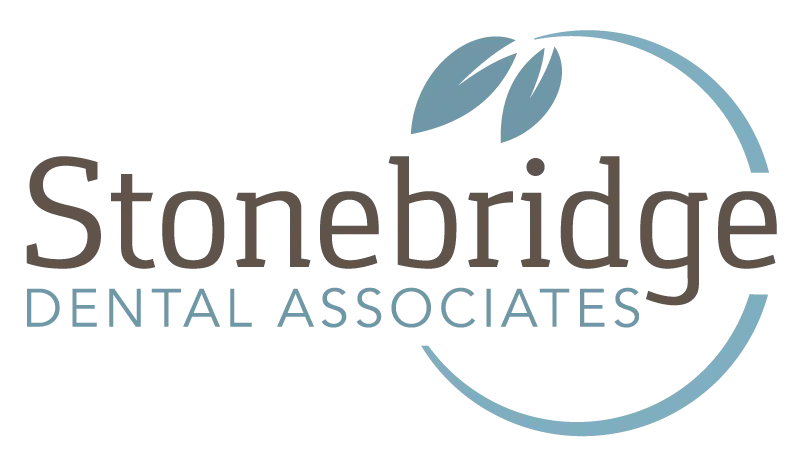With Stonebridge Dental Associates, you have access to exceptional dental care for your whole family. Every member of our team is committed to continuous growth and improvement, which means we evolve and change along with the dental care we provide! As a result, we are able to provide our patients with the latest techniques, tools, and technology, leading to an even greater dental experience.
Check out the following information to learn more about our technology and how it may affect your next visit!
Intraoral Cameras
An intraoral camera is a small device that can have a considerable impact on your dental visit. Rather than biting into messy clay, our lightweight, handheld imaging device can be used to make a tooth impression in the comfort and convenience of our office.
With a camera the size of a pen, it can easily be positioned even in difficult places in the mouth. Video and image recordings of every tooth surface are captured using the device along with in-depth details of the gum tissue. Using this, we can inspect your teeth for cavities, inflamed gums, damaged fillings, or tartar buildup. The device can also create a three-dimensional image of any one tooth or your entire dental arch.
Air Abrasion
Air abrasion is a method we use in the office to more comfortably remove areas of decay in your teeth. Rather than using more invasive tools, like a dental drill, air abrasion uses a guided stream of air and fine particles to get rid of flaws of cavities in the teeth. While the method may take longer than decay removal with a drill, the slower process allows our dentist to work more precisely and potentially save more of the healthy tooth structure.
Air abrasion can also be used for the following:
- Remove stains & discoloration
- Prepare a tooth for bonding or sealants
- Remove old composite fillings
Laser Dentistry
When used in dentistry, a laser can be an incredible asset. With these tools, procedures such as the treatment of decay, teeth whitening activation, and gum disease can be done quickly and painlessly.
When dentists utilize a laser, they are able to achieve enhanced precision, allowing them to save more natural bone or gum tissue. As the device operates, it can also cauterize wounds, allowing the patient to experience a more comfortable experience and faster healing time.
Digital X-Rays
With digital x-rays, you get safer, faster, and more accurate radiographic images than ever before. The method uses 90% less radiation than traditional methods while producing higher-quality images. A digital x-ray is also capable of organizing and sharing information effortlessly, making it a valuable asset for maintaining records of changes to patients’ oral health.
Digital CT Scanner
With the aid of a cone-beam CT scanner, our dentists are able to generate a 3-dimensional image of your oral anatomy, including your teeth, tooth roots, and jawbone.
Our dental office uses this machine most often for locating impacted teeth or observing the health of your tooth roots and jawbones below the gumline. Even so, it serves a variety of other purposes as well! In addition to detecting abnormalities in the bones, soft tissues, and nerve connections, the digital CBCT scan is useful for the diagnosis of many conditions, getting you the treatment you need as early as possible.
Waterlase iPlus® Laser
At our practice, we are proud to offer the Waterlase iPlus laser. This cutting-edge technology can be used for a variety of dental procedures, from cavity preparation to gum surgery. The laser energy is specifically targeted to the tissue being treated and programmed to operate at a particular wavelength. This allows the Waterlase iPlus to remove, sculpt, or prepare soft tissue, hard tissue, or bone under various pre-set operating conditions.
The Waterlase iPlus is a versatile tool that can make both the patient and provider experience more comfortable and efficient. In fact, many procedures that were once done with a drill or scalpel can now be completed with the Waterlase iPlus laser. Not only is this technology more precise, but it also results in less discomfort and faster healing for the patient.
Diode Laser
Unlike the Waterlase laser, which uses a mixture of water, air, and laser energy to remove tissue, the diode laser uses a concentrated beam of light. This allows it to both cut and cauterize soft tissues precisely in the performance of various surgical applications; these include treating cold sores, removing gum tissue for crown lengthening, and reducing inflammation in gingival tissues. The advantage of the diode laser is its ability to selectively target specific tissue without harming the surrounding healthy tissue. In addition, the diode laser causes coagulation as it cuts, which reduces bleeding and speeds up healing time.
